As the foggy months draw to a close and the equinox approaches, the valley is shifting into spring, when day and night find their balance and the natural world reawakens. With spring on the horizon, I wanted to take a moment to introduce an area of the valley I’ve been exploring during the long winter months, and share images I’ve made over the past couple of years.
Between October and March, the valley - a natural floodplain - is impossible to access from my little "gateway" in. When I first moved here, I’d stand and look out over the reedbeds, longing to explore, but I stayed away. The area was overgrown, waterlogged, and almost impossible to navigate. For years, my photography was limited to its edges. That all changed in 2016 when a new ‘Greenway’ was built along the western edge of the valley. At the same time other ancient footpaths and rights of way throughout the valley were cleared, making it more accessible.
The Greenway has been a gift, giving everyone the ability to see the valley in full winter flood and visit the wader scrapes and reedbeds, alive with wintering waterfowl. But it’s bittersweet, as this path was built as part of a major road project - a compromise, maybe even an appeasement, for the damage done to this tranquil valley. The road cuts through like a scythe and, while you can’t see it from the paths, the construction led to the loss of numerous trees and wildlife habitats. Protesters fought valiantly to save the valley, climbing trees and halting bulldozers, but in the end, the road was built, and nature paid the price.
And so, as I walk this path each winter, it’s with mixed emotions. I’m thankful for an easy route and the ability to share in this wonderful wetland setting, yet I do this in the full knowledge of nature’s costly sacrifice at which it came.
The path begins beside a farm on high ground, undulating along the western edge before dipping down to the lowest point, where the main river flows through. My favourite time to walk here is during January and February, when fog lies thick and the first stirrings of early spring can be seen. I pass hazel catkins at their peak and see pussy willow’s silky white buds just starting to burst open. The wetland hums with life - a cacophony of calls from greylag, Egyptian and Canada geese, mallards, teal and wigeon. Herons like ghostly sentinels, stalk through the mist, their stillness punctuated only by sudden, deliberate movements.
Fog swirls around the high ground, rising from the wetland areas and rolling through the whole floodplain, creating ethereal images of life in this part of the valley. It paints a new picture of the landscape, changing perspectives, from one of chaos, where trees, shrubs and the wetland grasses in the valley meld together, to one of separation and depth, where unfamiliar figures and vistas emerge from nature’s veil of mystery. An entry from my journal describes part of one such foggy walk:
“At each turn new images along the well-trodden paths presented themselves. Clumps of trees, I hadn’t noticed before, were isolated from the tangled mass of green around them; slight breezes billowed wisps of fog around the hawthorn hedgerow lining our way. At the crest of one hill, bare branches reached out from the gloom accompanied by the sound of geese honking on the scrapes in the distance. I paused to watch the fog envelope Decoy Pond Wood and all of a sudden, the classic ‘hoo hu-hoo’ call of a male tawny owl hauntingly echoed across the valley, adding an eerie touch to the already unnerving beauty of the morning.”
The silence and stillness of the fog, muffles the distant rumble of traffic, creating a sense of timelessness on these winter wanderings. It stirs thoughts of what lies beneath the path. What footprints remain; what treasures of medieval history are still buried deep beneath the surface? My research for this project revealed that monks from nearby abbeys would walk the valley and Norman soldiers are said to have landed nearby. I wonder what ghosts still linger here …
Project progress…
In part one of Valley stories, I spoke about the dilemma of how to present the images, should they be black and white or colour. Now, as I return to working on this long term project documenting the valley, I’ve been thinking about how to break it down into sections. There are so many options! I could create natural breaks by season, geographical areas or perhaps by type of landscape such as woodland, wetland or paths. Another idea is to structure it as a series of stories from my walks through the valley. And then there’s the challenge of pairing the images for each section if it becomes a zine or book… So much to consider.
I know these ideas will evolve over time and, once I have selected a shortlist of images from the (very!) longlist I’ve prepared, that process may naturally guide my decision. Right now, it feels like a ‘chicken and the egg’ type of dilemma …what comes first? Do I choose the images first and then sequence them into sections? Or do I decide on sections themes and then choose images to fit? For now, experimenting by putting different images together in a series is proving to be a valuable and enjoyable learning experience. It’s helping to spark new perspectives and ideas.
What about you? Are you working on a long term project at the moment too? What creative approach are you taking to grouping sets of images together or organising your work? I’d love to hear how your projects are coming along – what’s gone right, what’s been challenging and any lessons you’ve learned along the way.
I’d like to take this opportunity to thank everyone who helped spread the word about my last article Safety in Nature – a Woman’s Perspective on Landscape Photography and who shared their experiences, thoughts and reflections. The volume of encouraging comments and number of restacks showed me what a supportive photography community we have here – thank you all so much!
Finally, as part of giving back to this amazing community, I like to mention a photographer, writer or organisation here whose work I admire. This week I’d like to mention a podcast that I’ve been listening to for the past two or three years. Neale James has broadcast The Photowalk Podcast since the lockdown of 2020. I’ve not come across any other show like this, where the listeners contribute with letters, stories, images and soundscapes alongside Neale’s excellent, insightful and informative interviews with photographers, adventurers and other creators. Neale broadcasts each Friday in a gentle, conversational style and has created a real ‘community of kindness’ in the podcast-sphere. If you haven’t listened in before, I highly recommend it!

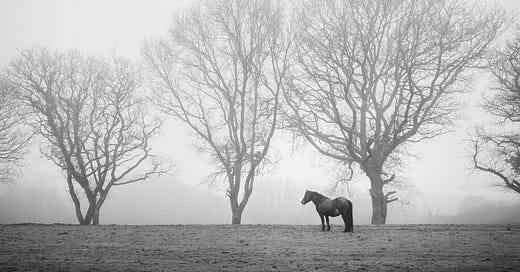



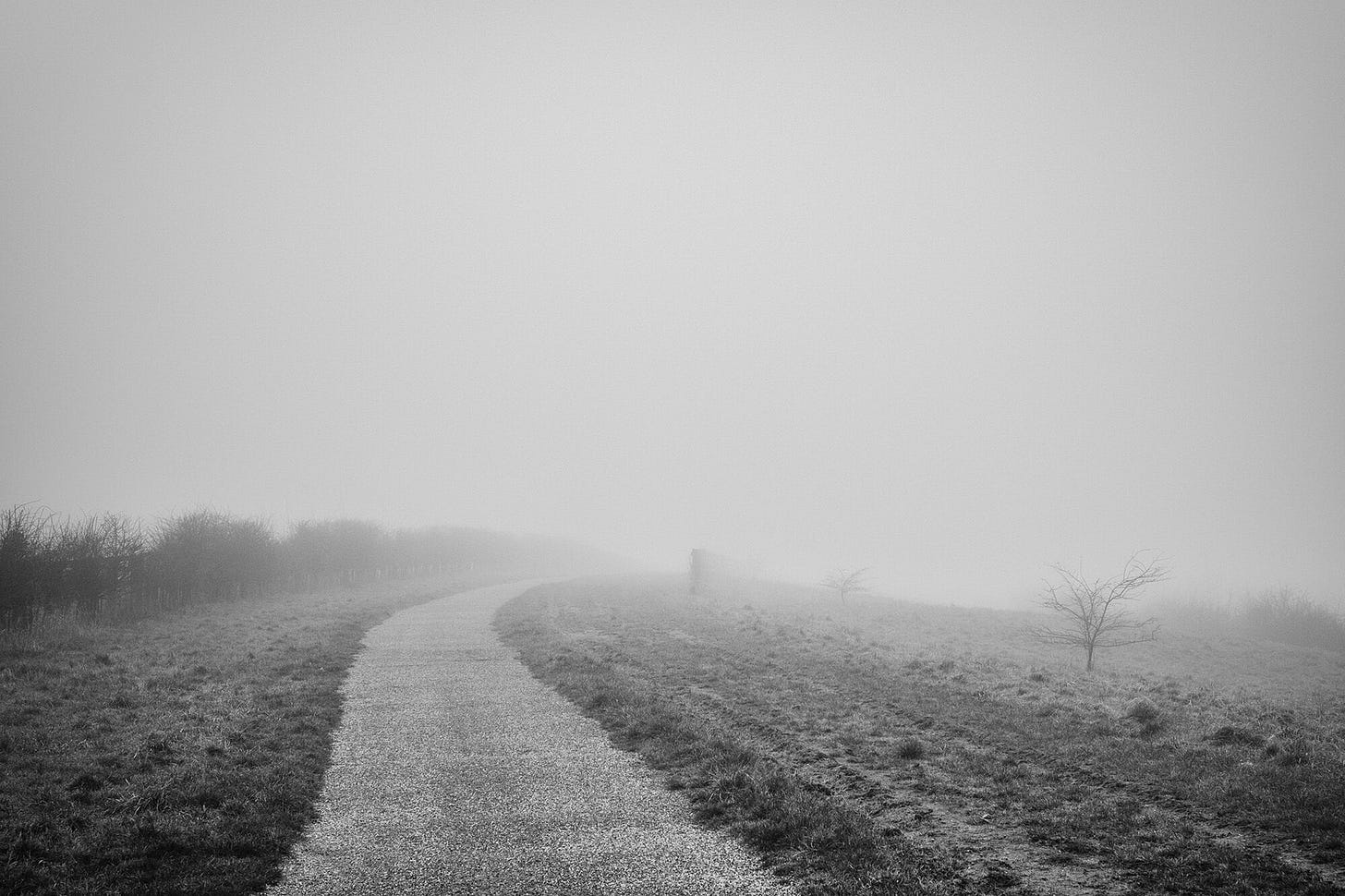
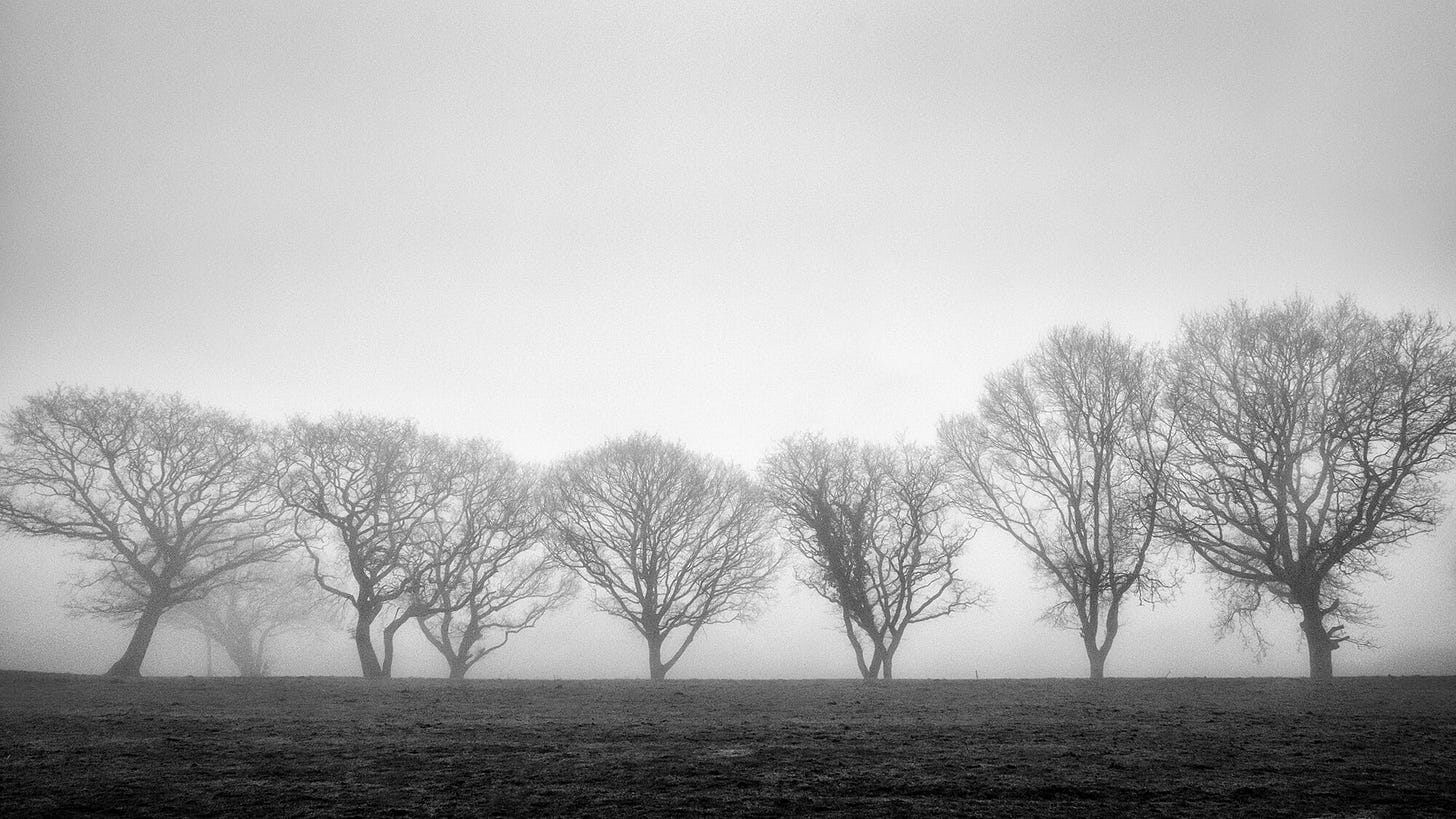

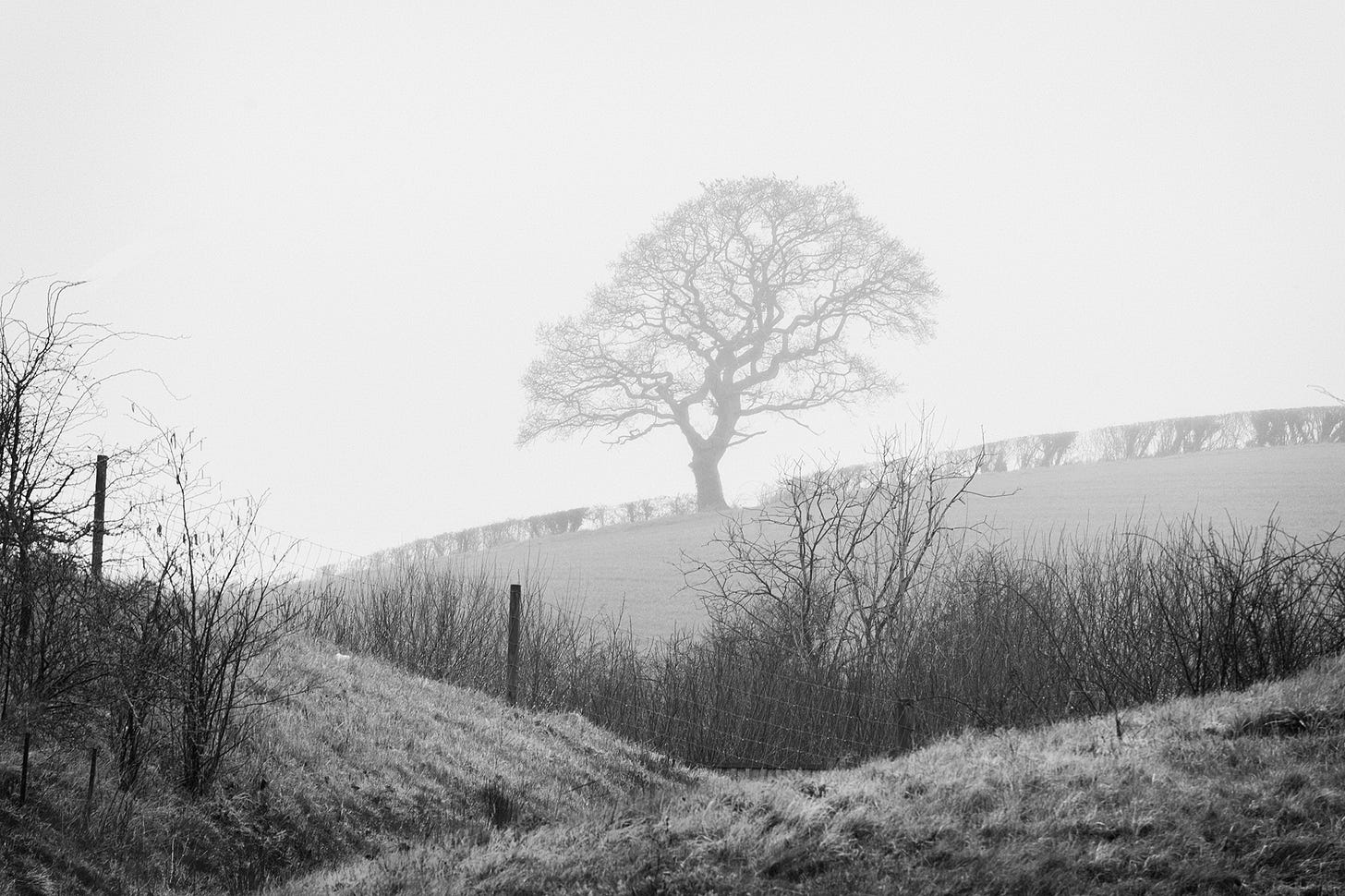
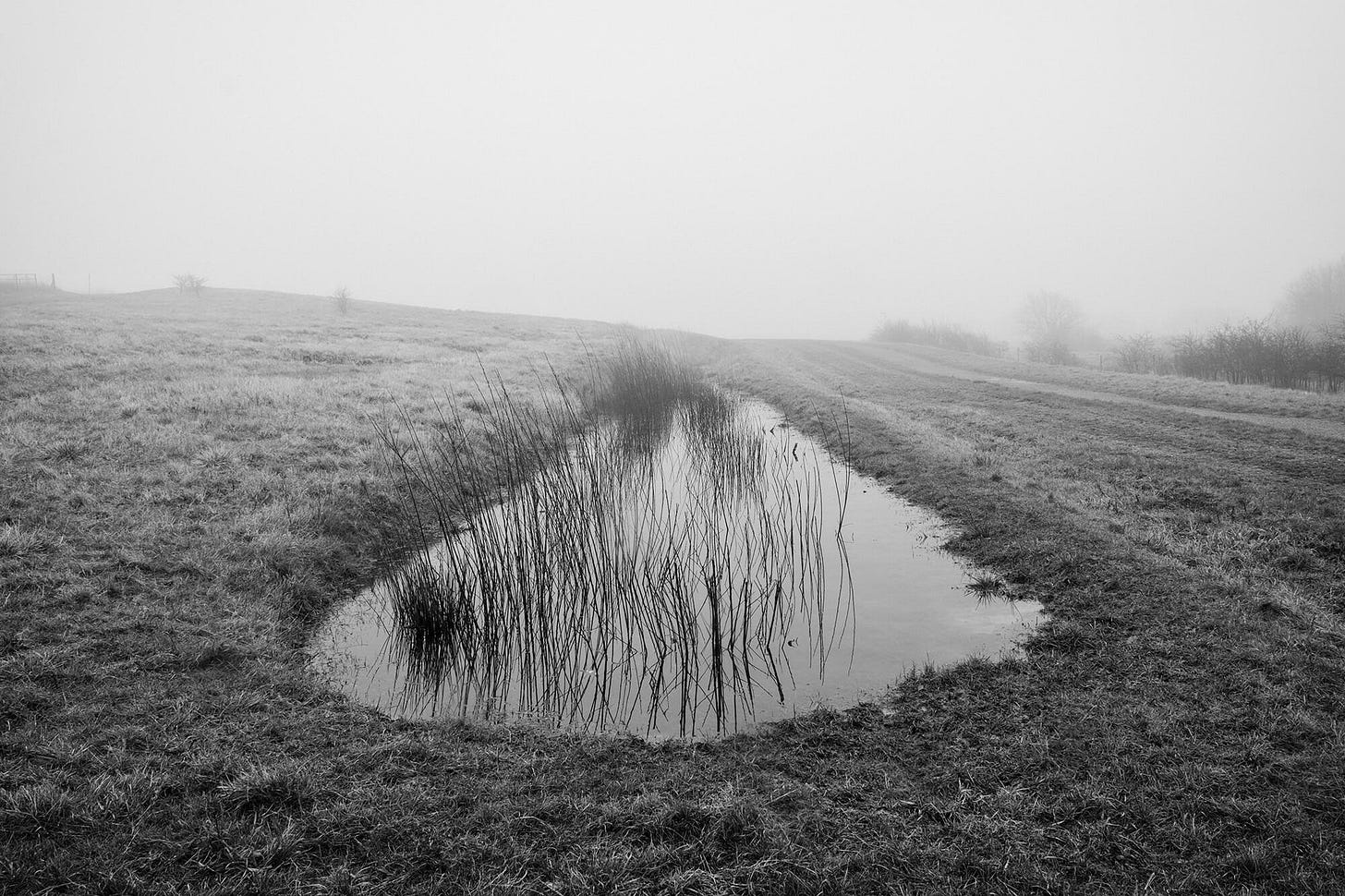
So lovely, Lin - the images look ghostly, ethereal. Your historical references made me think of the mists of time; being in the past, present and future all in one spot.
Thank you so much for this post. I love reading you! Your posts are so beautifully written, and I feel immersed in the places you describe.